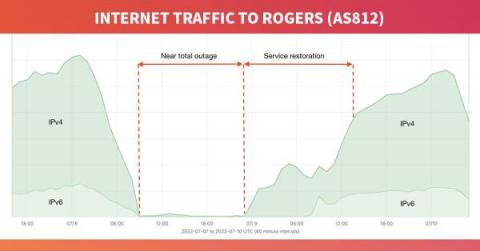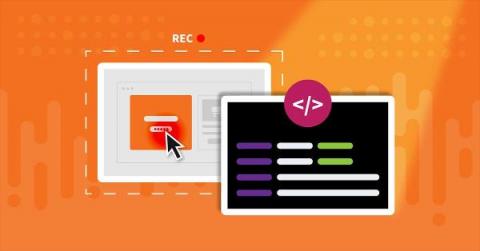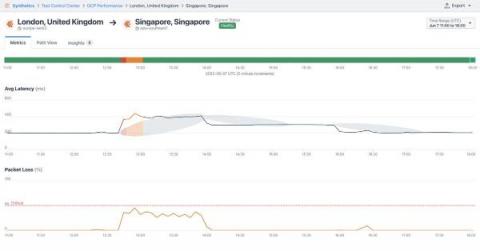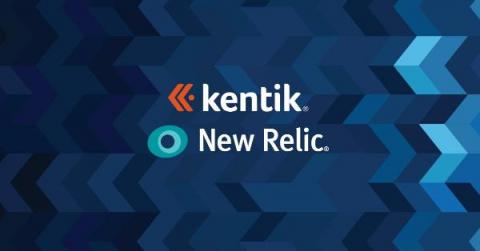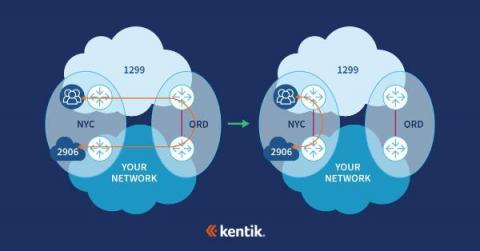A deeper dive into the Rogers outage
Beginning at 8:44 UTC (4:44am EDT) on July 8, 2022, Canadian telecommunications giant Rogers Communications suffered a catastrophic outage taking down nearly all services for its 11 million customers in what is arguably the largest internet outage in Canadian history. Internet services began to return after 15 hours of downtime and were still being restored throughout the following day.


